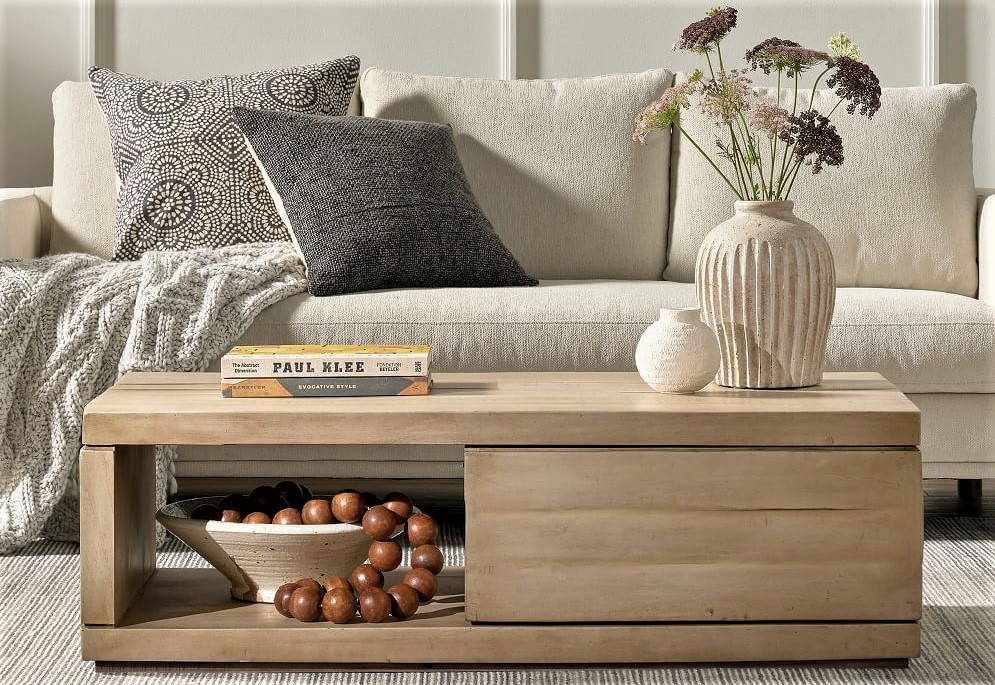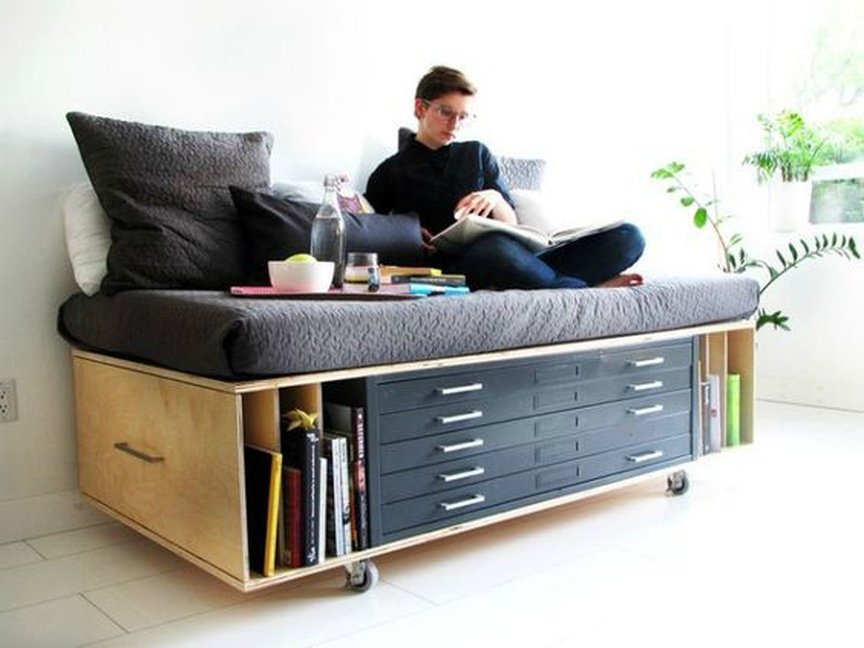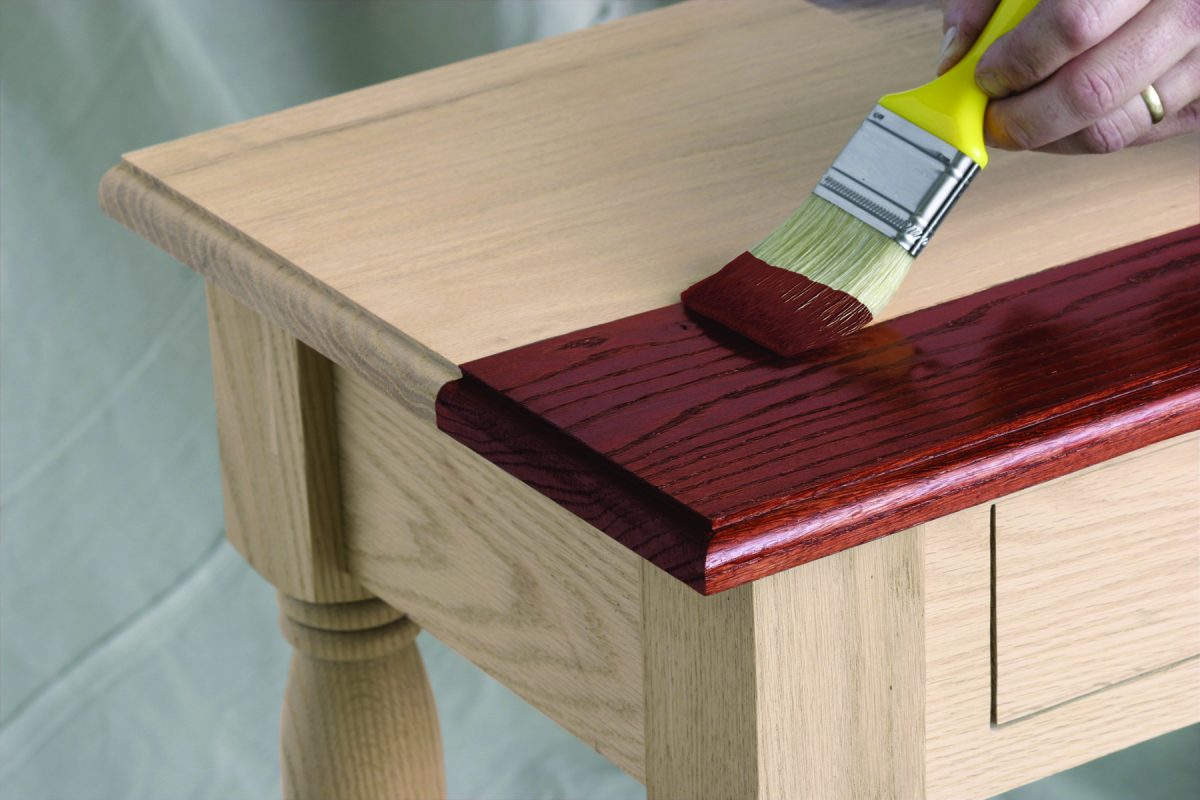Transforming an outdoor setting into a relaxing retreat requires careful consideration of various elements that enhance comfort and style. A well-curated selection of seating, tables, and accessories can significantly elevate the ambiance, making it a cherished spot for gatherings or quiet moments alone. It’s essential to think about materials, design aesthetics, and functionality to achieve a harmonious atmosphere.
Imagining a serene escape, where lush greenery meets thoughtful design, is the first step. Envision plush cushions complemented by sturdy surfaces that invite guests to linger and enjoy the fresh air. The right pieces not only enhance usability but also contribute to the overall visual appeal, marrying beauty and practicality in seamless fashion.
As seasons change and outdoor activities abound, durability and weather resistance become key factors in selection. Emphasizing sustainability and maintenance can also lead to thoughtful choices that respect both the environment and personal well-being. Crafting an ideal retreat necessitates a blend of style, comfort, and resilience to create a space that feels like an extension of home.
Identify Your Space and Needs
Assessing your environment and requirements is crucial before investing in any outdoor sitting arrangement. Understanding the dimensions of your patio, balcony, or yard will aid in making informed decisions that complement your lifestyle and enhance your relaxation experience.
Evaluate Available Area
Begin by measuring your exterior space to determine how much room you have for seating arrangements. Consider aspects such as width, length, and any existing features like trees or pathways that may affect layout. A well-planned area prevents overcrowding and ensures a comfortable atmosphere.
Determine Usage and Style
Next, reflect on how you intend to utilize this space. Do you entertain frequently, or is it primarily a serene retreat for personal leisure? Identifying your preferences will guide you in selecting styles that resonate with your vision. Durability and comfort should also be prioritized based on your typical climate and the anticipated level of use.
Materials That Suit Your Climate
Selecting appropriate materials is essential to ensure longevity and comfort in outdoor living arrangements. Different climates demand various attributes from materials to withstand environmental challenges effectively. Understanding local weather patterns can guide decisions toward options that enhance durability and functionality.
In humid regions, teak and eucalyptus stand out as excellent choices due to their natural oils that repel moisture and resist decay. On the other hand, aluminum excels in resisting rust and corrosion, making it suitable for coastal areas where saltwater exposure is prevalent. Resin wicker offers a stylish yet practical alternative, maintaining its integrity even under intense sun exposure or heavy rain.
For cooler climates, hardwoods such as mahogany and cedar provide warmth and strength, ensuring comfort during colder evenings. Pairing these materials with weather-resistant cushions can create an inviting space without sacrificing aesthetic appeal. Metal options, treated for durability, can also be considered, though they may require additional protection to prevent heat retention.
Ultimately, selecting materials based on climatic suitability fosters a harmonious balance between style and endurance, ensuring outdoor spaces remain inviting through all seasons.
Styles to Match Your Home Aesthetic
Creating an inviting space outside requires a harmonious blend of design elements that resonate with the overall ambiance of your residence. Identifying a visual theme can elevate the experience, ensuring that the exterior area complements interior charm. The selection process should reflect personal taste while considering architectural details and landscape features.
Modern Minimalism emphasizes clean lines and simplicity. Choosing sleek, streamlined options enhances a contemporary home and creates a tranquil atmosphere. Shades of white, gray, and earthy tones harmonize well within this style.
Rustic Charm brings a cozy, warm feel to landscaped areas. Incorporating weathered wood, wrought iron, or natural stones creates an inviting environment reminiscent of countryside living. Earthy colors and organic textures blend seamlessly with a natural setting.
Coastal Vibes add a breezy, relaxed feel. Light fabrics, soft blues, and whites reflect the serene essence of beachside retreats. Accessories with nautical motifs can evoke refreshing imagery, enhancing outdoor relaxation.
Traditional Elegance focuses on classic designs and timeless materials like mahogany or teak. Rich colors and intricate details will complement historical architectures while providing a touch of sophistication to your extended living space.
Each of these styles allows for personalization, enabling individuals to express their preferences while creating a cohesive habitat that flows effortlessly from indoors to outdoors.
Comfort Features to Enhance Experience
Creating a serene retreat in nature involves considering various elements that contribute to relaxation and enjoyment. Comfort features play a vital role in transforming an ordinary space into a welcoming haven, allowing you to unwind and fully appreciate your surroundings. By focusing on ergonomic designs, material quality, and added amenities, one can elevate overall satisfaction and encourage leisurely moments spent outdoors.
Prioritizing comfort often begins with selecting pieces that support the body effectively. Ergonomic seating options, which contour to natural body shapes, reduce strain during extended use. In addition, generous cushions crafted from weather-resistant fabrics not only enhance coziness but also maintain their appeal despite varying climate conditions.
Another aspect worth considering is the inclusion of accessories that improve usability and relaxation. Features like adjustable reclining positions or integrated shade solutions protect against harsh elements while providing personalized comfort. Furthermore, incorporating multifunctional elements such as storage compartments or folding designs maximizes space while adding convenience.
Lastly, incorporating warm lighting options and soft textures can create an inviting atmosphere. Illuminated surroundings enhance evening gatherings, encouraging social interactions under the stars. Rich fabrics, throws, and pillows add depth and coziness, transforming any area into an enticing retreat.
Budgeting for Quality Furniture Choices
Investing in durable and aesthetically pleasing items for an exterior space requires thoughtful financial planning. Establishing a realistic budget not only facilitates the selection of suitable pieces but also ensures longevity and satisfaction with the chosen items. Understanding the balance between cost and quality can lead to a delightful al fresco experience.
Assessing Financial Limits
Start by evaluating your overall expenses and determining how much you are willing to allocate for this particular enhancement. Consider creating a dedicated budget line that reflects both immediate needs and future requirements. This proactive approach can help avoid overspending and promote informed decision-making.
Prioritizing Quality Over Quantity
Focusing on high-quality selections rather than a larger quantity of items can yield greater value over time. Research materials known for their endurance, such as teak or aluminum, which offer a blend of style and resilience. This strategy can lead to better investment, as well-built pieces often require less maintenance and replacement in the long run.
Maintenance Tips for Longevity
Ensuring that outdoor settings remain in pristine condition requires attention and care. Implementing effective practices can significantly extend their lifespan, allowing you to enjoy them for years to come.
-
Clean Regularly: Dust, dirt, and grime can accumulate quickly. Use a soft brush or cloth and mild soap to clean surfaces regularly.
-
Protect from Harsh Elements: During extreme weather conditions, consider using covers to shield items from rain, snow, and intense sun exposure.
-
Check for Damage: Periodically inspect for cracks, rust, or wear. Address any signs of damage promptly to prevent further deterioration.
-
Store During Off-Season: If possible, store items inside or in a sheltered area during off-peak seasons to minimize exposure to harsh conditions.
-
Use Appropriate Cleaners: Avoid abrasive materials or harsh chemicals that can damage surfaces. Opt for products designed for specific materials.
-
Condition Materials: For items made of wood, take time to apply protective oils or sealants to maintain their integrity and appearance.
-
Mindfully Arrange: Ensure placement is practical, avoiding contact with abrasive surfaces and allowing for adequate airflow to prevent moisture accumulation.
By following these tips, you can keep your outdoor elements looking fresh and welcoming, ensuring they serve their purpose beautifully throughout the seasons.
Q&A: Choosing the best garden furniture
What factors should I consider when choosing garden furniture for my outdoor space?
When selecting garden furniture, it’s essential to consider several factors such as the size of your outdoor area, the climate in your region, the style and aesthetics of your home, and your specific needs for functionality. For instance, if you have a small balcony, you might want to opt for space-saving, foldable furniture. In contrast, a larger patio could accommodate more substantial pieces like a dining table set or a lounging area. Additionally, materials are crucial: materials such as aluminum and synthetic wicker are excellent for durability in varying weather, while wood might offer a classic appeal but requires more maintenance. Finally, consider how you’ll use the space—whether for entertaining, relaxing, or gardening—as this will influence your choice of furniture and layout.
How do I maintain my garden furniture to ensure it lasts longer?
Maintaining your garden furniture involves regular cleaning and protection from the elements. Different materials require different care. For metal furniture, check for rust and touch up any scratches with paint. Wooden furniture should be cleaned periodically with mild soap and water, and treated with sealant or oil to protect it from moisture and UV damage. Fabric cushions should also be cleaned according to the manufacturer’s instructions, and it’s a good idea to store or cover them when not in use, especially during harsh weather conditions. Creating a maintenance routine will not only extend the life of your outdoor furniture but also keep it looking fresh and inviting.
What styles of garden furniture are currently trending?
Currently, there are several popular styles of garden furniture that focus on comfort, sustainability, and modern aesthetics. Minimalist designs with clean lines are very much in vogue, often incorporating materials like metal and glass to create a sleek, contemporary look. Additionally, bohemian and eclectic styles are gaining popularity, featuring vibrant colors and mismatched patterns that add personality to outdoor spaces. Eco-friendly furniture made from recycled or sustainable materials is also on the rise, as more homeowners prioritize environmentally conscious choices. Finally, multi-functional pieces, such as storage benches or tables that can convert to fire pits, are practical options that combine style with versatility, catering to a wide range of outdoor activities.
Can I use indoor furniture outdoors, or do I need to buy specific outdoor furniture?
While it might be tempting to use indoor furniture outdoors due to cost or convenience, it’s generally not recommended. Indoor furniture is typically not designed to withstand the elements, which means it can be adversely affected by moisture, sunlight, and temperature fluctuations. Materials used in indoor furniture, such as certain woods and fabrics, can warp, fade, or develop mold when exposed to outdoor conditions. Outdoor furniture, on the other hand, is specifically engineered for durability and weather resistance. If you are really interested in using indoor pieces, look for items made of weather-resistant materials and ensure they’ll be adequately protected, like being covered or stored indoors during bad weather.
What is the best material for outdoor patio furniture that can withstand all weather conditions?
All-weather wicker is a popular choice for outdoor patio furniture due to its durability and resistance to the elements. This furniture material is designed to endure various weather conditions, including rain, sun, and wind, making it ideal for an outdoor living space. Additionally, materials like aluminum and treated wood for outdoor furniture are also great options, as they resist rust and moisture, ensuring your outdoor furniture set lasts for many seasons.
How can a patio dining set enhance your outdoor living space?
A patio dining set can transform your outdoor living space by creating a comfortable and stylish area for outdoor dining. Whether it’s a 7-piece outdoor dining set or a smaller bistro set, these furniture pieces provide functionality while elevating the look of your outdoor decor. Outdoor dining chairs and tables made from durable materials like aluminum or all-weather wicker can withstand outdoor use, making them the perfect addition to any patio or garden area.
What should you consider when buying patio furniture for small spaces?
When buying patio furniture for small spaces, it’s essential to choose compact and functional pieces, such as a bistro set or an outdoor sofa that doesn’t take up too much room. Consider furniture that offers storage options or is foldable for easy storage when not in use. Quality outdoor furniture should also be made from lightweight yet durable materials like plastic or aluminum, allowing you to move it around your outdoor living area with ease and adapt the space to your needs.
What types of outdoor furniture are ideal for creating a relaxing lounge space?
For a relaxing outdoor lounge space, outdoor lounge furniture such as an outdoor sofa, lounge chairs, or even an outdoor lounge set can create the perfect retreat. These furniture pieces, especially when paired with a patio umbrella, offer a comfortable seating area where you can unwind and enjoy your outdoor living room. Wicker furniture and cushioned outdoor seating are great choices for adding comfort and style to your outdoor lounge area.
How do furniture covers help maintain the look of your outdoor patio furniture?
Furniture covers are essential for keeping outdoor patio furniture looking new. They protect your outdoor furniture set from exposure to harsh weather, such as rain and direct sunlight, which can cause damage over time. Using covers on your outdoor dining set, patio umbrella, and other furniture pieces helps preserve their condition, ensuring the furniture remains a stylish and durable part of your outdoor living space for years to come.



